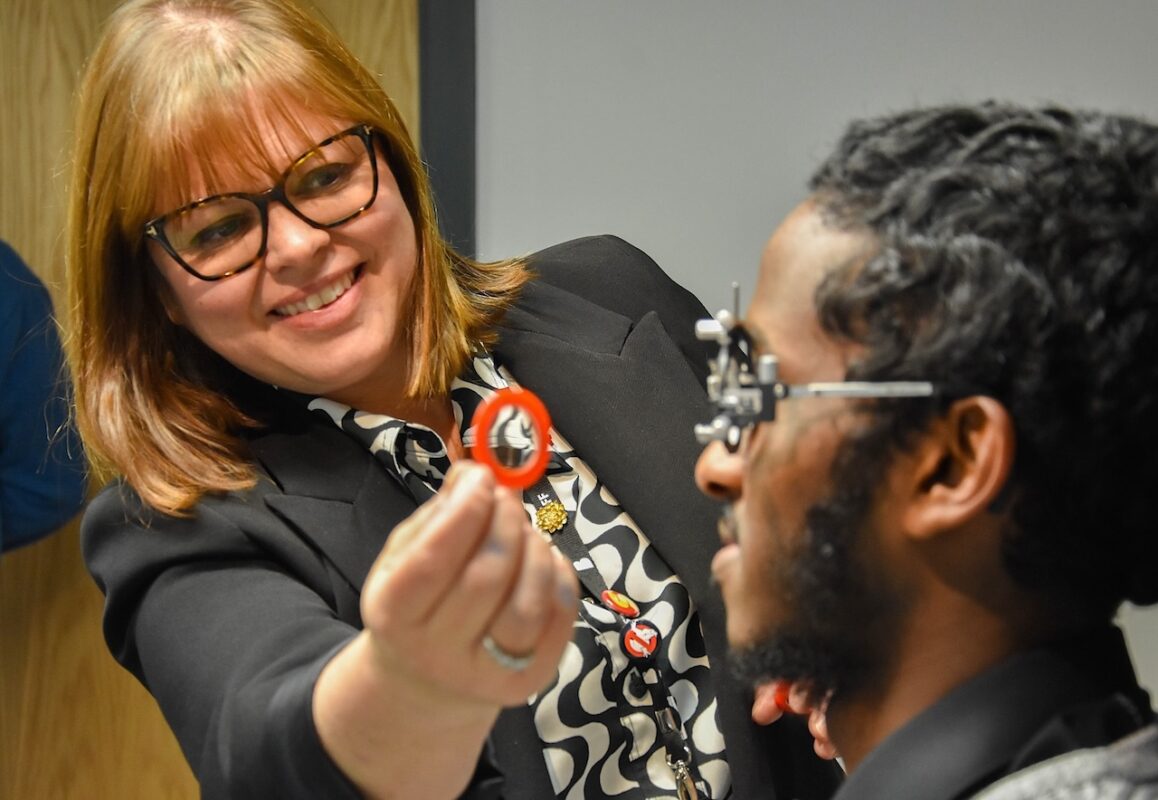More must be done to break gender bias in the EdTech industry

In March we celebrated women, with International Women’s Day, Women’s History Month and Mother’s Day all taking place. But amidst the festivities, and despite positive steps forward, female inequalities in the workplace remain.
In a recent study of performance reviews, 66% of women said they had received negative feedback on their personal style, with phrases such “you can sometimes be abrasive” used. This was a stark contrast to the 1% of men said to have also received this type of feedback.
Now, after almost 60 years since the passage of the Equal Pay Act in 1963, a 7.9% gender pay gap remains between the average hourly rates for men and women in the same role, with the gap the highest in every English region in the UK than in Wales, Scotland and Northern Ireland.
The evidence of female discrimination in the British workplace remains clear, made evermore apparent in male dominated industries. Now, after 20 years in the EdTech industry, female leader Sian Wilson, Executive Director of Commercial at The Skills Network sheds light on her experience of female bias in a male dominated working world:
“I started my career 20 years ago in the vocational education industry in a graduate role, where I worked with West Yorkshire employers to promote apprenticeships. It was a fantastic experience where I met many different people and developed an understating of a multitude of sectors, giving me great insight into how businesses employed, trained and supported their employees.
“For the most part, my early experiences of working life were positive. However in my early 20’s, I was faced with the reality of many employer’s preference for male workers.
“I experienced employers requesting only male apprentices for their business, it became blatant and completely crazy to me that these businesses would limit the opportunities of young women or those presenting as female in their communities.
“The reasons cited ranged from ‘there is too much swearing in the office for a women to work here’ to ‘we cannot run the risk of them getting pregnant’ and it was in moments like this that I found my voice to stand up for women, but I never should have had to.
“As a young female employer in the early noughties, I experienced behaviour in a professional workspace that my male counterparts simply didn’t. An experience that may have been incredibly isolating without the support of some great allies both male and female during my early years in the industry.
“Over the years I built my career within the education and then EdTech sector, where I saw a lot of women flourish, but rarely in senior management positions. The few women who reached senior roles were exposed to unconscious bias with tasks such as taking the meeting notes falling to her, despite working at the same level as the men in the room.
“Lower salaries, ‘lads culture’, taking credit for work and blatant sexism to name a few, alienated or completely excluded female or female presenting individuals in the workplace. This I feel, was especially prevalent with in intersectionality where race, sexual orientation, disability or other aspects of identity were a factor.
“In recent years the industry has moved forward, however not enough and women need individuals and businesses to rise to the challenge of breaking female bias – challenging and educating people, culture and businesses, at the first signs of this behavior.”
Sian’s tips to the tech sector on tackling bias and opening the industry to diversity include:
- Safe and unbiased recruitment practices – ensuring you are looking at the skills, knowledge and behaviours you want in your business without knowledge of gender, race, disability, sexuality or other identity factors.
- Get involved at school level careers activities, apprenticeships, digital bootcamps and study programmes – these are your future workforce, attract and engage early for a great talent pipeline into your business for years to come.
- Think inclusive – from corporate events, benefits, work socials etc, does this isolate your staff and customers?
- Build an open, flexible and safe culture – we are all different. Those businesses that allow flexible working, have open communication, have wellbeing support and caring leadership will always be one that attracts the best talent.
- Get involved and learn more – opening your business to diverse talent has proven rewards. Being a disability confident employer, being an LGBTQ allied, having working patterns that are conducive to those that have caring responsibilities and engaging your colleagues and customers communities will not only bring a happier and more fulfilled workforce but also puts you firmly as an employer of choice.
Sian continues: “I am very fortunate to have some amazing female, female presenting and male allies who have proved a great support and sounding board throughout my career.
“I’m proud to now work for The Skills Network, an employer that champions inclusivity, with a diverse and 66% female workforce. This, alongside a truly accessible training provision and a commitment to continuously listening, adapting and developing to the needs of our customers, The Skills Network strives to provide inclusive career enhancing training opportunities to all people regardless of background, circumstance or interest.
“While there is still more to be done to close the advantage gaps across the UK, education is a key ingredient, and The Skills Network continues to work to provide skills resources to help both the employer and the individual in this.
“I continue to champion and surround myself with those who champion women and all underrepresented groups in the workplace. I’m a member of a great group in the North East who advocate skills and education for those at a disadvantage, I‘m a fellow of RSA and I’m involved in a number of social change initiatives, because by surrounding yourself with great people, together you can really achieve great things.”











Responses